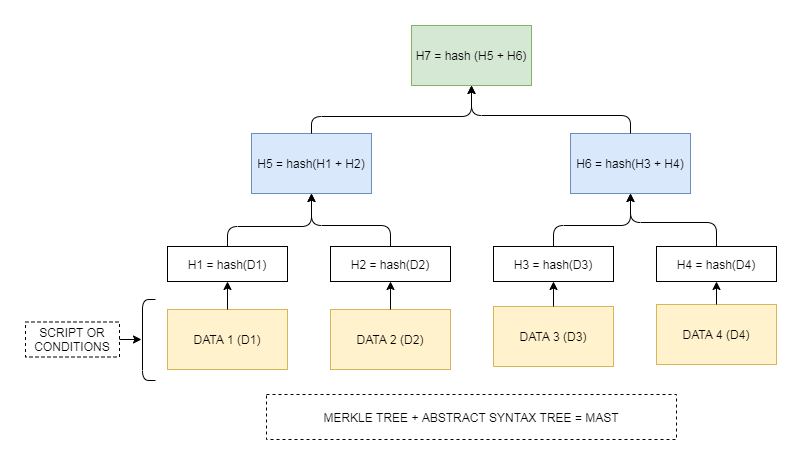What are Bitcoin Smart Contracts?
Bitcoin, initially conceived as a decentralized digital currency, has limitations when it comes to complex functionalities. Unlike Ethereum, which is built from the ground up to support smart contracts, Bitcoin’s scripting language, Bitcoin Script, is relatively rudimentary. It’s designed for simple transactions, verifying ownership and transferring funds based on predetermined conditions. While not as versatile as Ethereum’s Solidity, Bitcoin’s smart contract capabilities are evolving, particularly with the advent of technologies like Taproot and the ongoing development of layer-two solutions.
Limitations of Bitcoin Script
Bitcoin Script’s simplicity is both its strength and its weakness. Its limited functionality means it can’t handle the complex logic and data structures found in more sophisticated smart contracts. This restricts the types of applications that can be built on Bitcoin. For example, complex decentralized applications (dApps) requiring multiple steps, intricate conditional logic, or extensive data storage are practically impossible to implement solely using Bitcoin Script. This limitation has pushed developers to explore alternative approaches.

The Rise of Layer-2 Solutions
To overcome the limitations of Bitcoin Script, developers are increasingly exploring layer-two solutions. These are technologies built on top of Bitcoin that enhance its functionality without altering the underlying protocol. Examples include the Lightning Network and Liquid Network. These networks offer faster transaction speeds and lower fees, making them more suitable for applications that would be impractical on the main Bitcoin blockchain. While not directly smart contracts in the Ethereum sense, these layer-two solutions enable more complex functionalities through off-chain transactions and smart contract-like capabilities.
Taproot’s Impact on Bitcoin Smart Contracts
Taproot, a significant Bitcoin upgrade, significantly improves the efficiency and privacy of Bitcoin transactions. It does this by streamlining the scripting language, making it slightly more flexible and less computationally expensive. This isn’t a complete overhaul, but it paves the way for more sophisticated smart contracts. Taproot allows for more complex scripts to be executed with improved privacy, potentially enabling more nuanced and versatile applications on the Bitcoin blockchain.
Examples of Bitcoin Smart Contracts in Action
Despite limitations, Bitcoin smart contracts are already being used in various ways. Simple escrow services, where funds are held until specific conditions are met, are a common application. Other uses include decentralized finance (DeFi) projects that leverage layer-two solutions to create more complex financial instruments. These projects showcase the potential for more sophisticated applications even with Bitcoin’s current limitations. The development of decentralized exchanges (DEXs) on layer-two solutions is a testament to this growing capability.
The Future of Bitcoin Smart Contracts
The future of Bitcoin smart contracts is intertwined with ongoing developments in layer-two scaling solutions and potential future upgrades to the Bitcoin protocol itself. As layer-two technologies mature and become more widely adopted, the potential for complex applications built on Bitcoin will drastically increase. Future upgrades could potentially enhance Bitcoin Script, bringing it closer to the capabilities of smart contract platforms like Ethereum. However, the core philosophy of Bitcoin remains centered around its role as a secure and decentralized digital currency, which might limit the extent of smart contract development.
Comparing Bitcoin Smart Contracts to Ethereum Smart Contracts
It’s crucial to understand the fundamental difference between Bitcoin and Ethereum’s approach to smart contracts. Ethereum was designed with smart contracts at its core; its Turing-complete language, Solidity, allows for incredibly complex applications. Bitcoin, on the other hand, prioritizes security and decentralization, resulting in a less flexible scripting language. While Bitcoin’s smart contract capabilities are evolving, they are unlikely to ever match the breadth and depth of Ethereum’s smart contract ecosystem. The two platforms serve different purposes and cater to different development needs.
Security and Decentralization Considerations
Bitcoin’s primary strength lies in its robust security and high level of decentralization. This makes it an attractive platform for applications requiring a high degree of trust and reliability. While layer-two solutions can enhance functionality, they need to be carefully designed to maintain the security and decentralization properties of the underlying Bitcoin blockchain. Maintaining this balance is crucial for the long-term success of bitcoin smart contracts.
The Verdict: Next Big Thing or Niche Application?
Whether Bitcoin smart contracts become the “next big thing” is debatable. While they offer a secure and decentralized environment for specific applications, the inherent limitations of Bitcoin Script, compared to more robust platforms like Ethereum, will likely restrict their overall reach. However, the continuing evolution of layer-two solutions and potential future upgrades may significantly broaden their capabilities, making them a valuable tool for a growing subset of use cases within the broader crypto ecosystem. Their success hinges on balancing increased functionality with the core values of Bitcoin’s security and decentralization.